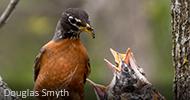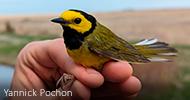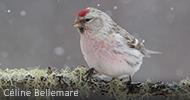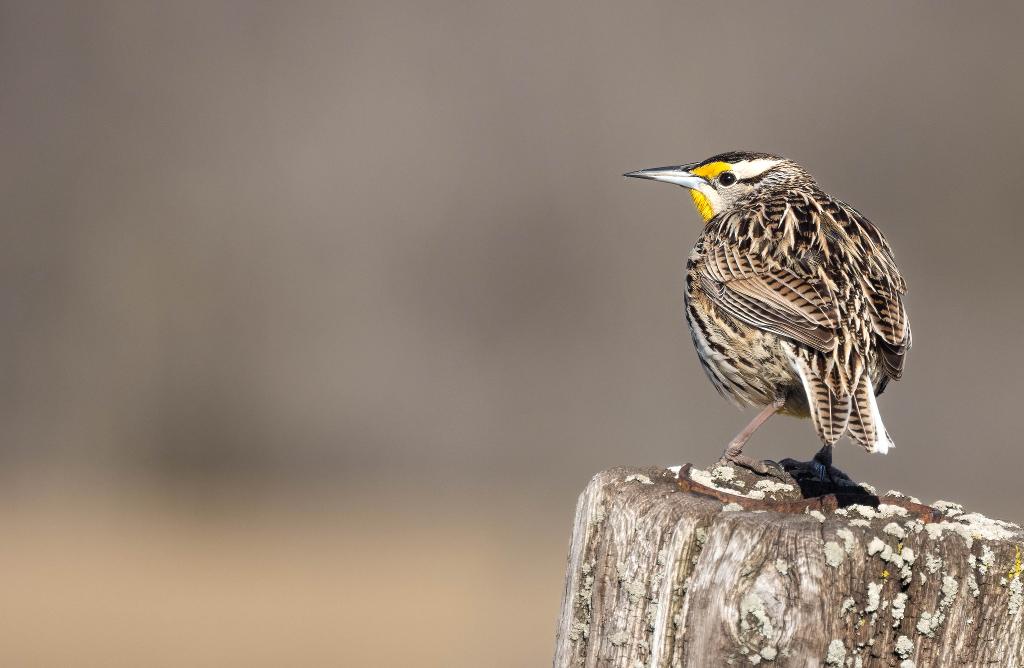While the male Western Meadowlark is busy singing its complex whistling song from prominent perches, females work on building intricately woven grass nests, which can be accessed via multiple tunnels through vegetation.
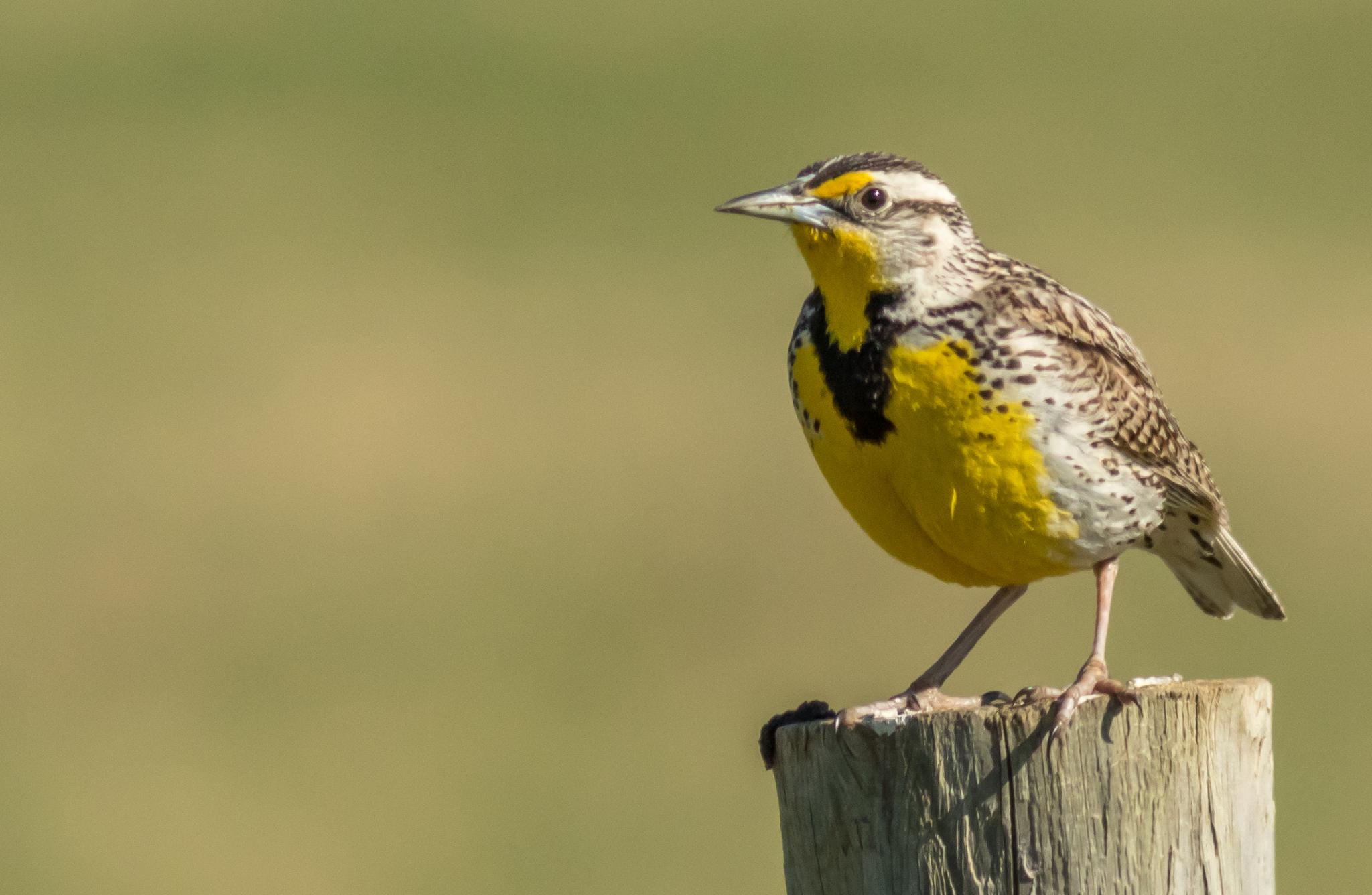
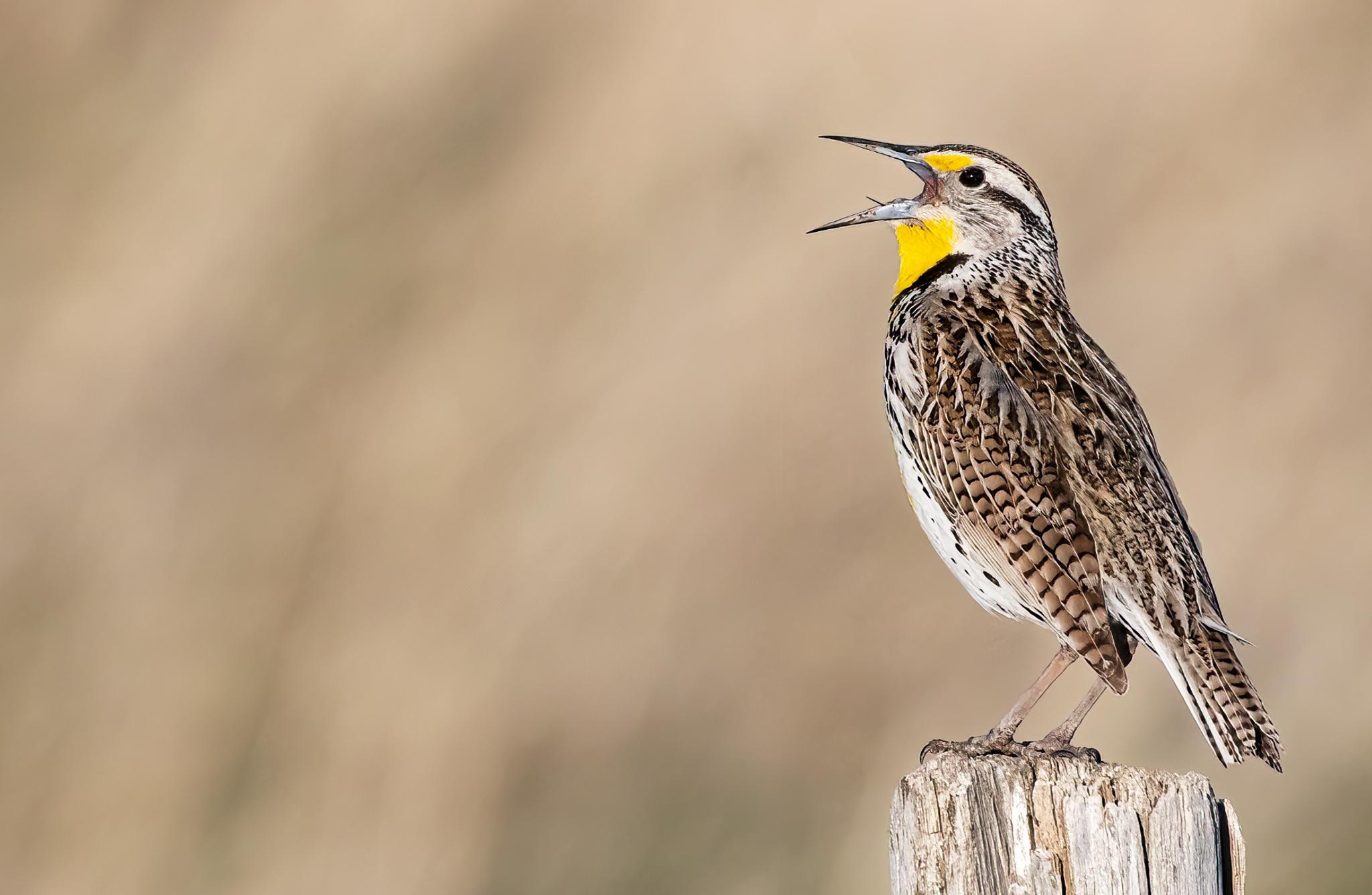
Change media quality
Change image quality to reduce page loading times
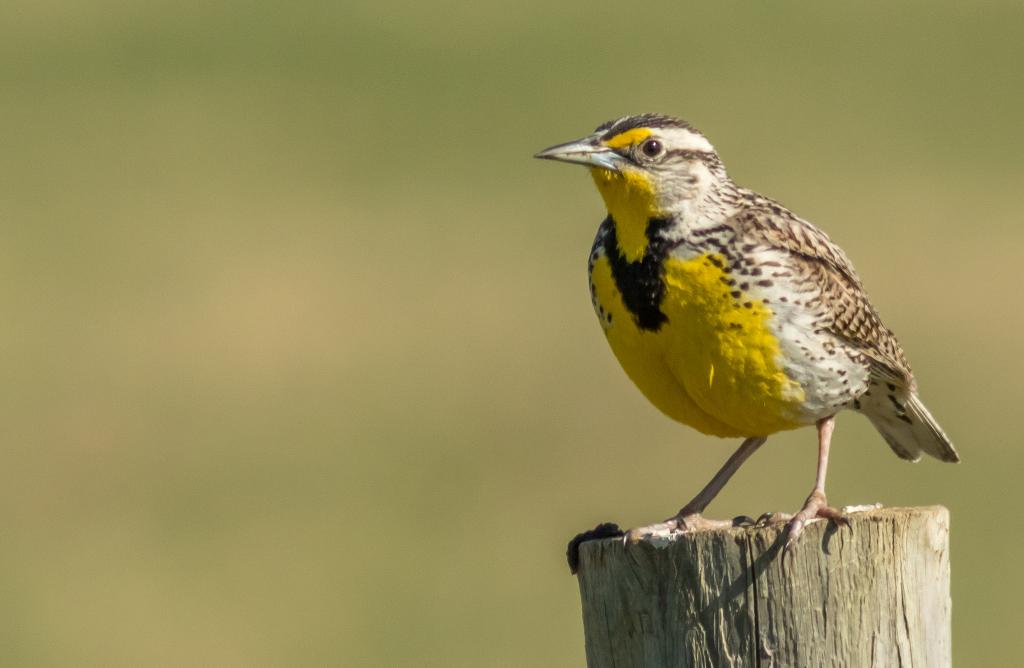 Western Meadowlark
Western Meadowlark
The Western Meadowlark breeds throughout grassland regions of western Canada, and winters widely through the western and south-central United States and northern Mexico. There are approximately 11 million individuals in Canada, representing 11% of the global population and a low degree of responsibility for Canada. Based on the Breeding Bird Survey, the Canadian population has experienced a large decrease relative to 1970. Confidence in this assessment is high, given good coverage by the survey and high precision in its trends. The national population of Western Meadowlark is below its goal range.





The Breeding Bird Survey (BBS) provides the best data on the status of Western Meadowlark in Canada, as it is well-suited to documenting the species, samples most of the breeding range, and has trends with high levels of precision. The long-term trend shows a substantial population decline from the early 1970s to late 1990s; since then there have been fluctuations on a 10-12 year cycle, but with an overall slight increase, although the population remains over 50% below early 1970s levels. Regional trends are largely similar, except that the decline has continued at the western (southwestern British Columbia) and eastern (southwestern Ontario) extremes of the Canadian breeding range.
The goal for Western Meadowlark is to increase the population to the level it was at in the early 1970s, based on the Breeding Bird Survey. Trend data show that Western Meadowlark is currently below its goal range, but has stabilized in recent decades. Analysis of recent trends and potential growth rates suggests that Western Meadowlark could reach its population goal by 2050 with the support of conservation action.
| Designation | Geographic Area | Status | CITATION |
|---|---|---|---|
| IUCN | Global | Least Concern | |
| Wild Species | Canada | Secure |

While the male Western Meadowlark is busy singing its complex whistling song from prominent perches, females work on building intricately woven grass nests, which can be accessed via multiple tunnels through vegetation.
Western Meadowlark is primarily reported between March and October in Canada. Most migrate south in the nonbreeding season, but a small number stay through the winter.
